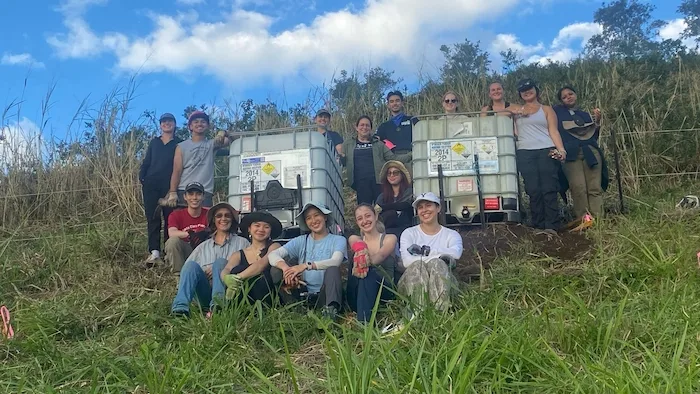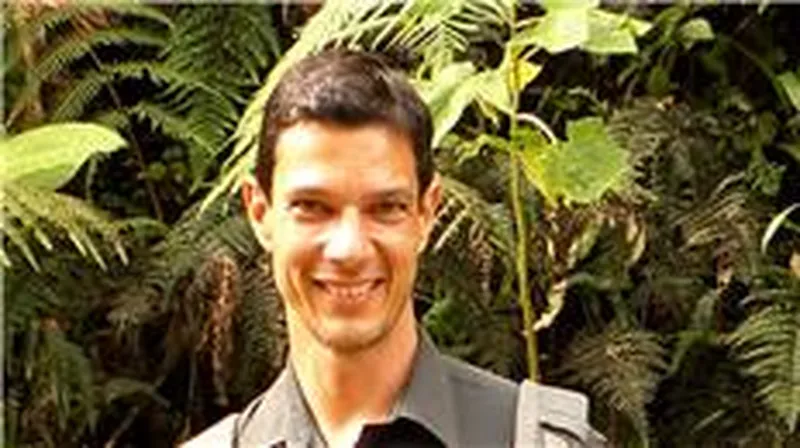Road Ecology
Road ecology is a relatively new discipline that focuses on the interaction between roads and wildlife. The negative effects of roads on forest ecosystems are determined by the density of the road network and traffic level. For instance, increasing traffic volume will correlate positively with the degree of emissions such as pollutants, wind turbulence, and noise.
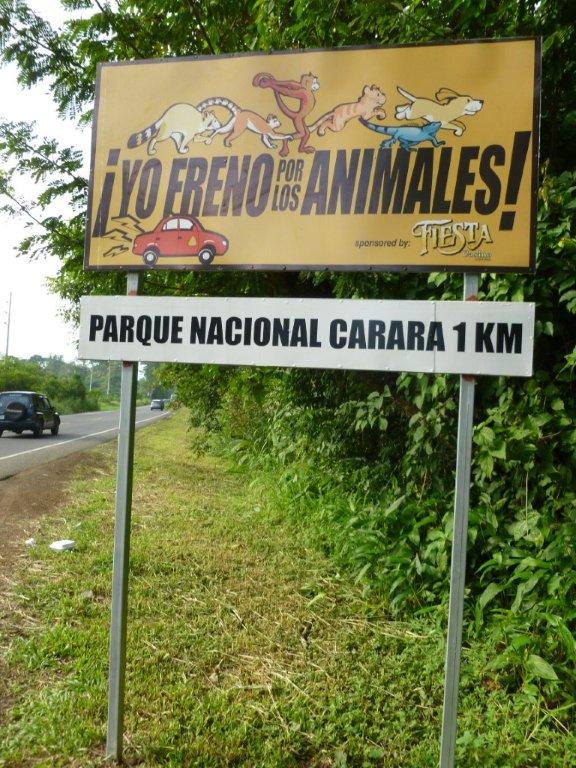
Trafficked roads impact directly some protected areas in Costa Rica by either bisecting or limiting the forest. Carara, Santa Rosa, and Braulio Carrillo National Parks are three examples of road incidence on protected areas. In 2008, I initiated a baseline study on bird surveys and noise measurements in Carara National Park. We found that both bird density as well as species richness correlated negatively with increasing road noise. Although our results did not prove a cause and effect relationship, it is reasonable to think that noise is the number one factor. This is because traffic noise masks bird vocalizations. Noise level at the forest edge could reach 90 dB, and decreases with distance towards the forest interior.
In 2012, we used automated recording devises to record bird bioacoustics at different distances from the road. Locations near the road were typically at 100m whereas locations far from the roads were 500-700m. We determined that average bird bioacoustic time was significantly lower (34s/2min) near the road compare to that far from road (59s/2min). This finding clearly supports our hypothesis that bird species avoid noise near the road. We believe that habitat degradation not only includes habitat fragmentation and loss of species, but also alteration of the natural soundscape. Consequently, it is important to incorporate actions that could mitigate the effect of traffic noise on wildlife. We continue with this research in Carara and Santa Rosa National Park to generate important information to be used for informed decision making in protected areas.
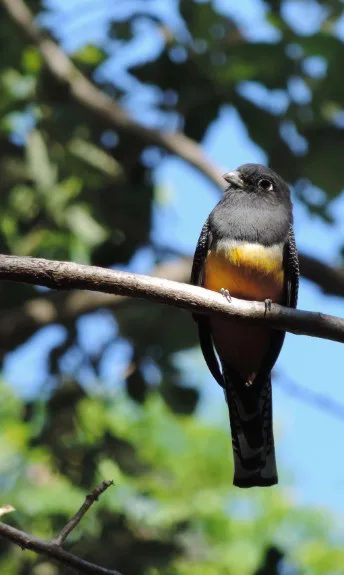
Related Posts
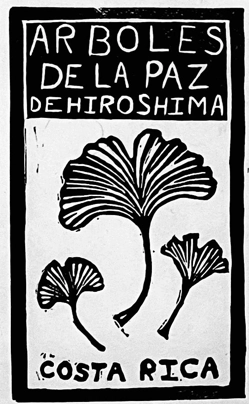
Trees of Peace from Hiroshima: A Time Traveler and Emissary of Hope
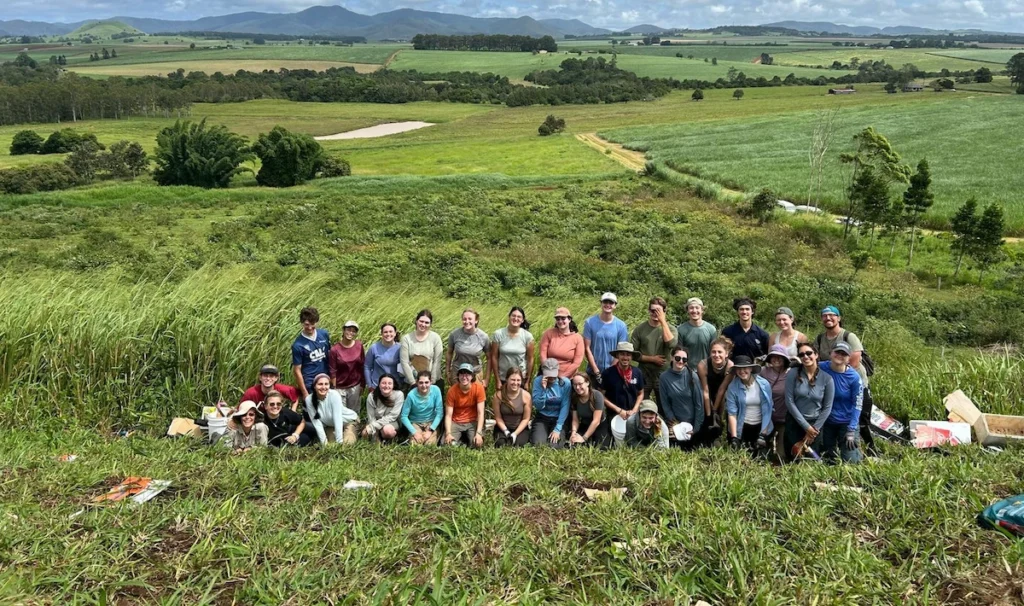
Cinder Cone Chronicles: Lessons from Drought, Data, and Determination
